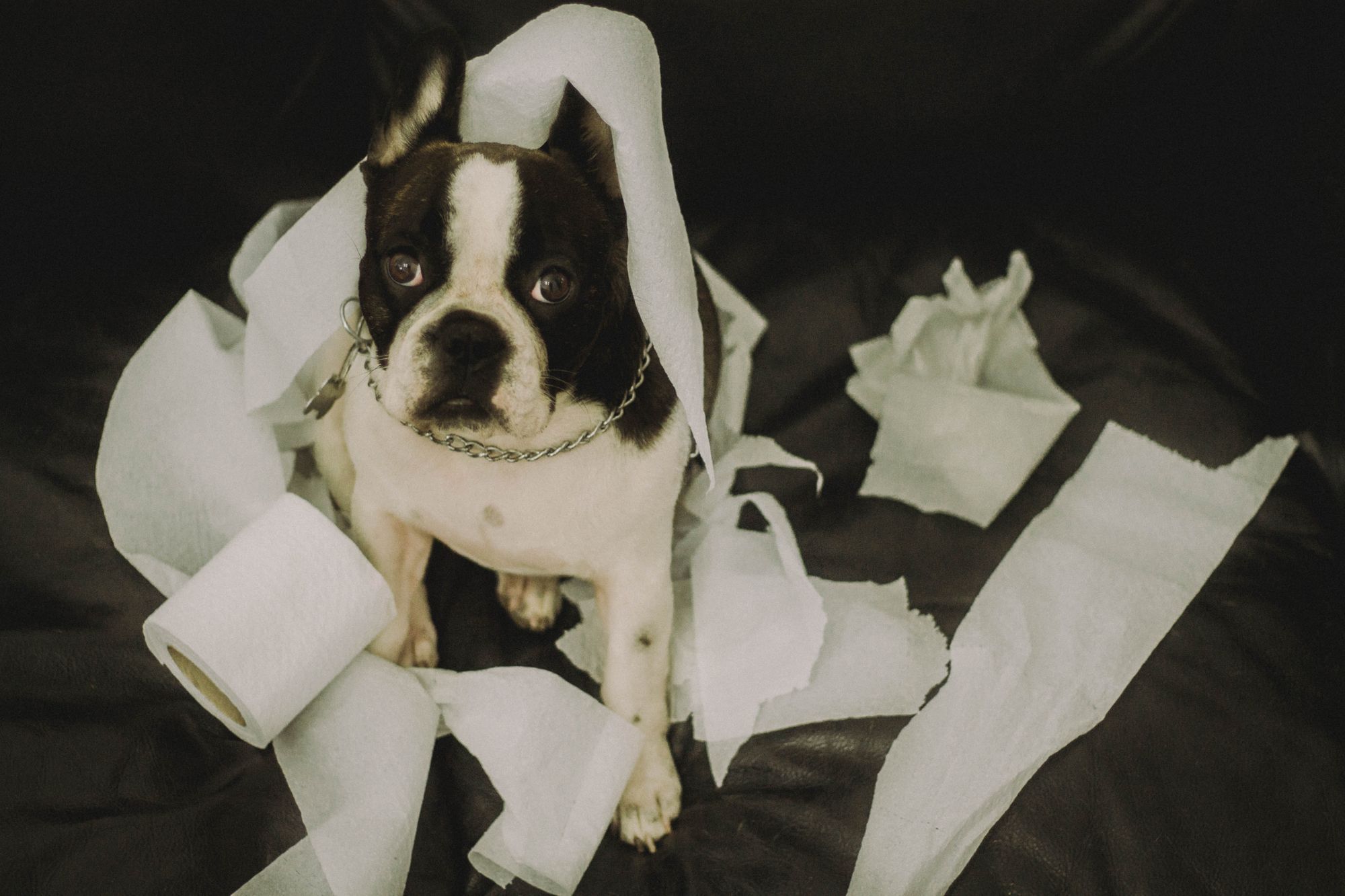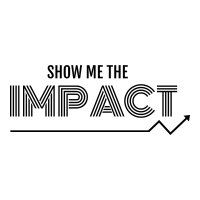Panic, prevention and toilet paper – the social cost of coronavirus
Forget the car and smartphone markets, it turns out the every-man's cost of coronavirus panic can be measured in toilet paper.
This week there has been a run on loo roll across Australia. The nation clearly decided that if there is a chance of catching the bug, they are certainly not going to face it without a clean bum.
Since the emergence of novel-coronavirus in December, we have been in a media storm of “just how bad is this outbreak?” conversations. Some people feel we are being whipped into a frenzy, while others argue authorities such as Iran have been too slow to diagnose and control its spread. In the meantime, we are hanging onto our chairs for when the W.H.O. announce that it is officially a “pandemic”.
Social risks and costs of illness
Why does it matter what we call it or how bad it is? It matters because these are ways of sizing up the total social risk, and relatedly how much value there is in trying to prevent it. So what might be included in the social cost of coronavirus?
The social risk of this virus includes all the ways catching the illness might affect our lives and those around us. If a carer catches coronavirus for example, those dependent on them may also suffer. Then there are all the fun things like parties you can’t got to, harming our psycho-social wellbeing, access to utilities will be reduced, not to mention potential lost income. So implicitly, when we think about the risk, we’re considering the value of these factors along with good physical health.
The great toilet paper shortage of 2020 suggests that we think this social risk is pretty big (objective data aside). The panic also tells us that there is an upstream social cost before even getting sick. That cost is fear. In social impact research we often talk about “safety” and “perceived safety”. The funny thing is, regardless of the objective risk, perceived safety matters.
As we kick into fight or flight mode, our willingness to co-operate reduces and other anxieties are stoked. We are less courteous, less courageous, less creative and generally less constructive in survival mode. This suggests the social harm of coronavirus has already begun.

How much should governments invest?
Governments and institutions are also grappling with the potential social harm from the disease. Right now, there is no vaccine for novel-coronavirus, and the interventions that governments are making are costly.
Shutting down the entire city of Wuhan was not a decision the Chinese Government would have taken lightly. A cost-benefit decision would have been made factoring in potential future risk with certain short-term socio-economic costs. Other governments are also already picking up pay cheques for chartering flights, quarantining citizens and checking peoples’ temperatures in public places.
If the W.H.O. declares the disease a pandemic there will be an expectation that governments elevate the management from health agencies and mobilise significant resources into stopping its spread domestically. It is funny how in a crisis we are willing to loosen the purse strings.
We need to get better at valuing prevention
The value at stake is very clear when you’re staring down the barrel of a gun. But public health campaigns continue to be undervalued: like keeping older people active so they are less susceptible to illness or building community bonds, so we look after our neighbours when they are sick.
These early action programs are often perversely described as “expensive”. This is of course a bad framing of the preventative value they deliver. Climate change is threatening a world with many new diseases. Health economics and social value research have guidance on how to reliably model avoided future harm. We need to get better at routinely calculating long-term value if we don’t want to be fighting alone over the last packet of toilet roll.
